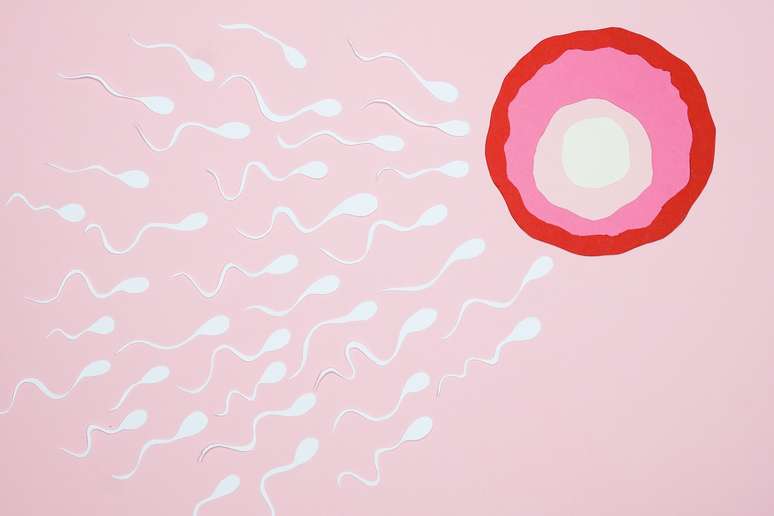Difficulty getting pregnant affects rich and poor countries equally, but proportionate expenditure on treatments differs, new report suggests
A new report released by the World Health Organization (WHO) has pointed out that the difficulty of getting pregnant has increased worldwide. According to the data, infertility affects 1 in 6 adults (17.5% of the world population), with no substantial differences between more or less developed regions – while high-income countries had a prevalence of 17.8%, that of low-income countries was 16.5%.
html[data-range=”xlarge”] figure image img.img-d3c10c39f8f460e0071b2b5d24468eef3bsk5vjl { width: 774px; height: 516px; }HTML[data-range=”large”] figure image img.img-d3c10c39f8f460e0071b2b5d24468eef3bsk5vjl { width: 548px; height: 365px; }HTML[data-range=”small”] figure image img.img-d3c10c39f8f460e0071b2b5d24468eef3bsk5vjl, html[data-range=”medium”] figure image img.img-d3c10c39f8f460e0071b2b5d24468eef3bsk5vjl { width: 564px; height: 376px; }
The analysis took into consideration 133 selected studies, from 1990 to 2021, reaching numbers that call attention. In view of this, WHO emphasizes the similarity in prevalence between rich and poor countries, but warns against unequal economic conditions to pay for treatment to get pregnant. According to the report, people in poorer countries spend proportionately more on infertility treatments (considering their income) than people in rich countries.
Tedros Adhanom Ghebreyesus, director-general of the UN agency, said nations need to promote more services for those trying to conceive, as currently, in most parts of the world, the procedures are paid for by the people themselves. In a statement, he stresses “the need to expand access to fertility treatments and ensure that the issue is no longer sidelined in health research and policy”.
For Pascale Allotey, director of sexual and reproductive health research at WHO, more efficient public funding policies could help families with fewer resources, making care more affordable.

The consequences of the diagnosis
Infertility is usually determined after 12 months of unsuccessful attempts to conceive a child. With the diagnosis comes concern: is the problem in the woman or in the man? What will the medical investigation be like? What can you think of as an alternative? In the wake of these practical problems, there are still the emotional challenges, after all, dreaming of a pregnancy can profoundly affect the feelings of the couple.
This is also why infertility must increasingly be seen as a public health problem, as it affects different areas of life and, consequently, society.
Source: Terra
Ben Stock is a lifestyle journalist and author at Gossipify. He writes about topics such as health, wellness, travel, food and home decor. He provides practical advice and inspiration to improve well-being, keeps readers up to date with latest lifestyle news and trends, known for his engaging writing style, in-depth analysis and unique perspectives.








